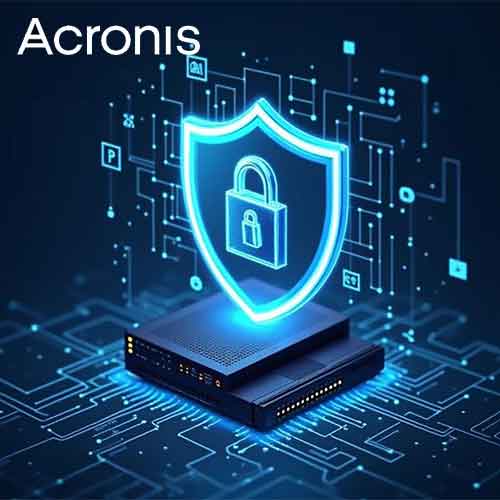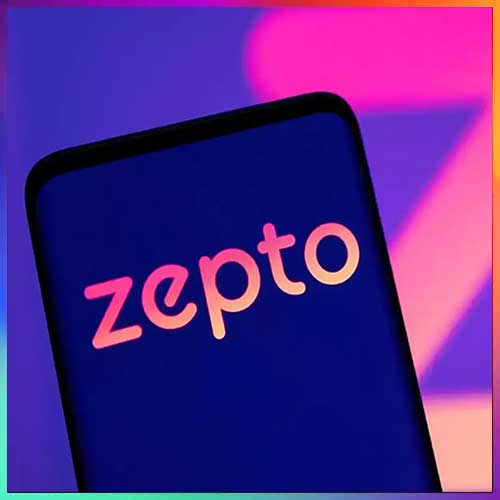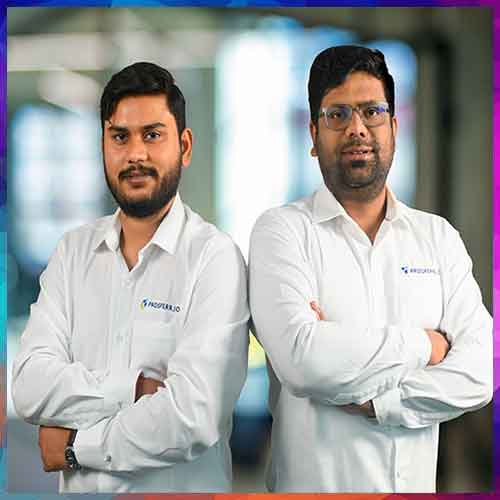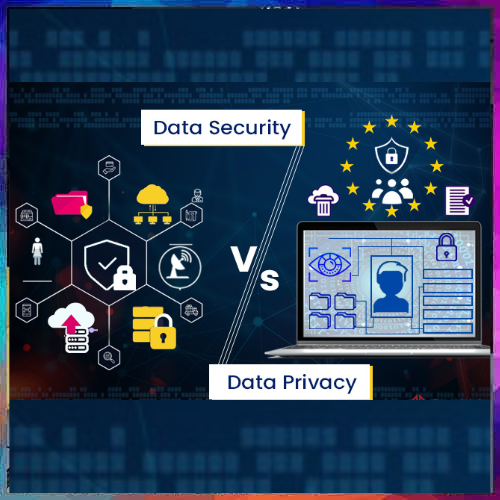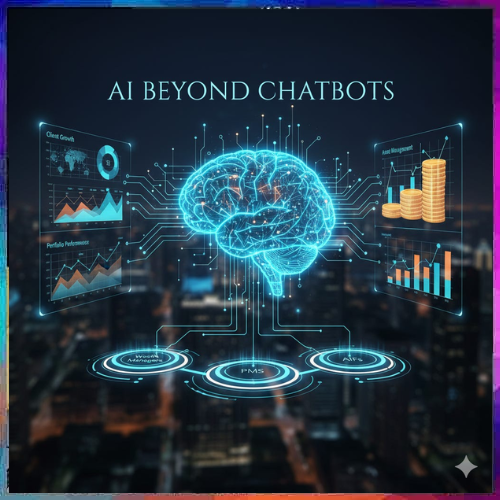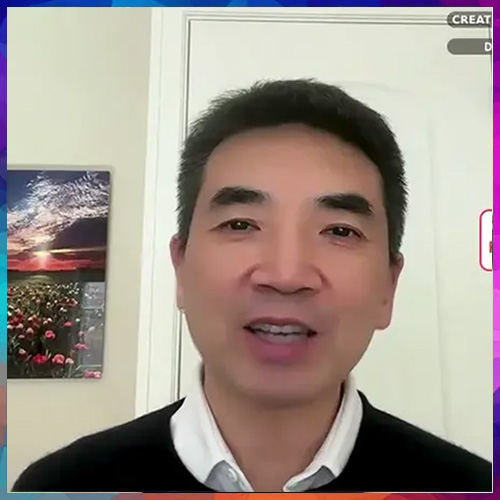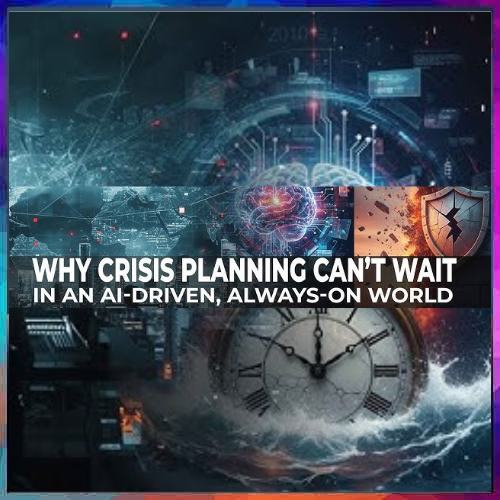
Each person has a moral right to a healthy and sustainable environment. Sustainability is long-lasting welfare in terms of economy and environment. Green cloud technology entails designing, producing, and using the digital space to reduce the Technology’s impact on the environment. Green Cloud Computing offers a great tool that addresses and fulfills these goals.
Green Cloud Computing (GCC) has made virtualized servers and workers save energy. Organizations have resorted to using the GCC methodology, thus lessening the expenses of business activities. GCC technology has also allowed users to utilize the cloud space for storage purposes while decreasing its adverse effects. Therefore, minimizing the use of hazardous material has promoted the recyclability of factory waste products and maximized energy efficiency during a lifetime. The ultimate goal of GCC is to reduce the power consumption of large data centers. Average computer users also have the capability of implementing green practices during their data usage, such as: turning off their computers, recycling electronic waste products, refurbishing electronic devices instead of purchasing new ones, and using sleep mode while away from their computers. Green cloud computing has become an impressive solution that has aided in addressing matters of storage, processing of high-volume data at a lower cost, high speed, on-demand, and pay per use, etc.
Data centers are the main components of cloud computing. A data center is where storage, management, dissemination of data in which the mechanical, lighting, electrical, and computer systems are designed for maximum energy efficiency and minimum environmental impact. Organizations use data centers for housing critical applications and data. Such organizations may include government agencies, educational bodies, financial institutions, telecommunication bodies, and many others. Its design is usually based on the network of computing and storage resources that enable the delivery of shared applications and data. Organizations can/may also have their own data centers despite the existence of cloud companies where they store their data and applications run off-premises and accessed remotely through the internet. There are three types of data centers; software as a service, infrastructure as a service, and platform as a service. Energy consumption and environmental effect from data centers are significant challenges to cloud computing. With a rapid increase in social applications and expansion in e-business, there has been an increase in data centers.
Virtualization is a technique used in cloud computing to create a virtual ecosystem of storage devices and the server operating system, thus allowing users to use various machines that share a particular physical instance of any resource. Virtualization is achieved by assigning a logical name to physical storage and providing a pointer to that physical resource on demand. Virtualization introduces a significant between hardware and software, thus very fundamental in green cloud computing technology. An excellent example of virtualization is Microsoft. Virtualization is essential in cloud computing. It helps transfer data efficiently, protect it from system failures, reduce operational costs, and secure data. Several virtualizations include server virtualization, application virtualization, network virtualization, desktop virtualization, and storage virtualization. Virtualization allows one to use a physical machine to exploit the environment and many other users. Virtualization reduced capital and operational costs, minimized downtime, faster provisioning of application resources, and increased IT productivity.
Nano Data Centers (NaDa) is a new distributed computing platform used to reduce the concern over the energy consumption in the advanced data centers. Research’s find out NaDa saves at least 20% to 30% over the traditional data centers e.g. For underutilized gateways, it reuses of already committed base line power by avoidance of cooling cost and reduction of new energy consumption.
Dynamic Voltage Frequency Scaling (DVFS) is cost-based Energy Efficient Scheduling used without compromising the quality of service (QoS). Algorithm is used to calculate the current computing power of the processing unit and set the frequency of CPU based on performance, power save, User space, on demand or Conservative.
Green cloud computing is responsible for environmentally and eco-friendly use of computers and computer resources. Green cloud computing has helped achieve efficient processing and utilization infrastructure and minimized energy consumption. As evolution in the IT department continues to unravel with time, the main aim of Green Cloud Computing is to become environment friendly by reducing energy consumption and reducing the waste that is disposed to the environment, such as CO2. Hence the world forever is green.
Gourav Bansal
See What’s Next in Tech With the Fast Forward Newsletter
Tweets From @varindiamag
Nothing to see here - yet
When they Tweet, their Tweets will show up here.





